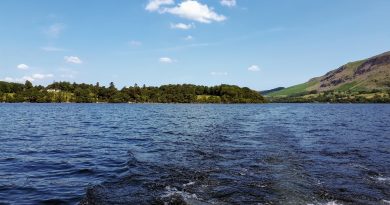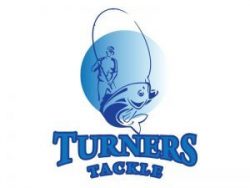A Guide to 5 Main Small Boat Hull Types
Selecting the right hull type is a crucial decision for small boat enthusiasts, as it profoundly influences a vessel’s performance, stability, and overall seaworthiness. The variety of hull designs available can be overwhelming, each with its unique set of advantages and disadvantages. In this article, we’ll explore the five main small boat hull types, shedding light on their characteristics, benefits, and potential drawbacks.
- Flat Bottom Hull:
Benefits:
- Stability: Flat-bottomed hulls offer excellent initial stability, making them suitable for calm and sheltered waters.
- Shallow Draft: Flat-bottomed boats can navigate in shallow waters, making them ideal for exploring rivers, lakes, and estuaries.
- Ease of Construction: Flat-bottomed hulls are relatively simple to build, often making them cost-effective for DIY boat builders.
Drawbacks:
- Rough Ride: In choppy or rough conditions, flat-bottomed boats may produce a less comfortable ride due to increased pounding on the waves.
- Limited Open-Water Capability: These hulls are best suited for protected waters, and their performance can be compromised in open seas.
- V-Hull (Deep-V):
Benefits:
- Seaworthiness: Deep-V hulls excel in open waters and rough conditions, providing a smoother ride by cutting through waves.
- Efficient Tracking: The V-shape helps maintain straight-line tracking, enhancing overall stability.
- Increased Speed: Deep-V hulls are often associated with higher speeds, making them suitable for various water activities, including fishing and water sports.
Drawbacks:
- Draft Depth: While improved for deeper waters, deep-V hulls may have a deeper draft, limiting access to shallow areas.
- Stability at Rest: Deep-V boats may exhibit less stability when at rest compared to flat-bottomed designs.
- Round Bottom (Semi-Displacement):
Benefits:
- Efficiency: Round-bottom hulls offer improved fuel efficiency at displacement speeds, making them suitable for long-distance cruising.
- Smooth Ride: These hulls provide a smoother ride in calmer conditions compared to flat-bottom designs.
- Maneuverability: Round-bottom boats are often more responsive and agile, enhancing maneuverability.
Drawbacks:
- Limited Speed: While efficient at displacement speeds, round-bottom hulls may struggle to achieve higher planing speeds.
- Initial Stability: The initial stability of round-bottom boats may be less than that of flat-bottom designs.
- Pontoon Hull:
Benefits:
- Stability: Pontoon boats are inherently stable, providing a secure platform for various activities, including fishing and socializing.
- Shallow Draft: With their flat-bottomed design, pontoons can navigate in shallower waters.
- Versatility: Pontoons are versatile, accommodating different layouts and purposes, such as party boats or fishing vessels.
Drawbacks:
- Limited Rough-Water Performance: Pontoons may struggle in rough or choppy waters, lacking the wave-cutting capabilities of deeper-hulled designs.
- Speed Limitations: While some pontoons can achieve respectable speeds, they generally have limitations compared to deeper-hulled boats.
- Catamaran Hull:
Benefits:
- Stability: Catamarans offer exceptional stability, reducing the risk of capsizing.
- Fuel Efficiency: With reduced hull drag, catamarans can be more fuel-efficient than traditional monohull designs.
- Speed: Catamarans are known for their high speeds, making them suitable for offshore racing or cruising.
Drawbacks:
- Docking Challenges: Catamarans may have a wider beam, making docking in tight spaces more challenging.
- Initial Cost: Catamarans can be more expensive to build or purchase compared to monohull designs.
- Wave Slapping: In certain sea conditions, catamarans may experience wave slapping between the hulls, creating noise and potential discomfort.
Conclusion
Selecting the right hull type for a small boat involves a careful consideration of the intended use, environmental conditions, and personal preferences. Each hull design has its unique strengths and weaknesses, and the optimal choice depends on the specific needs and priorities of the boat owner. Whether you prioritize stability, speed, or versatility, understanding the characteristics of different hull types is essential for navigating the waves with confidence and enjoyment.




